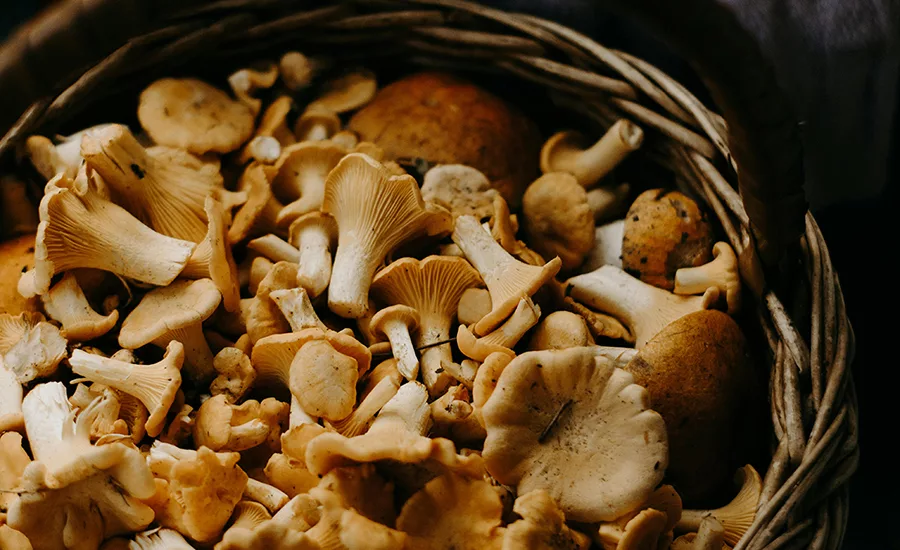Sufficient Testing Capacity Reached for Import-related Foods
The U.S. FDA announced that sufficient laboratory capacity has been reached for certain import-related food testing, specifically for mycotoxins, under the Laboratory Accreditation for Analyses of Foods program.

Photo by Irina Iriser
The U.S. FDA announced that sufficient laboratory capacity has been reached for certain import-related food testing, specifically for mycotoxins, under the Laboratory Accreditation for Analyses of Foods (LAAF) program.
The FDA established the LAAF program to improve the accuracy and reliability of certain food testing through the uniformity of standards and enhanced FDA oversight of participating laboratories. Under the program, owners and consignees of certain foods are required to use LAAF-accredited laboratories for certain testing covered by the final rule such as to support removal of a food from import alert or to address other specific food safety issues, among other uses. However, the final rule specified that the agency would not require use of these LAAF-laboratories until sufficient capacity of laboratories capable of doing such testing has been reached.
The notice issued in the Federal Register means that the program has determined there is sufficient laboratory testing capacity for mycotoxins analyses, as reflected on the LAAF dashboard. Owners and consignees of imported food subject to the LAAF regulation must use a LAAF-accredited laboratory to conduct covered import-related food testing beginning December 1, 2024.
As additional analyte capacity for import-related food testing is reached, those analyte groups will be added to the LAAF Dashboard with the compliance date set at six months from the date a specific analyte is posted onto the dashboard. The LAAF Dashboard also provides information on recognized accreditation bodies, LAAF-accredited laboratories, their locations, scopes of accreditation, analytes and methods.
The FDA has not yet made a capacity determination for the other food testing circumstances covered by the LAAF regulation. It says one or more additional notices will be published in the Federal Register when the LAAF program attains sufficient laboratory capacity to support the other food testing circumstances as described in 21 CFR 1.1107 (a)1-3.
Looking for a reprint of this article?
From high-res PDFs to custom plaques, order your copy today!




-FDA_Logo-(2).webp?height=200&t=1710227168&width=200)


